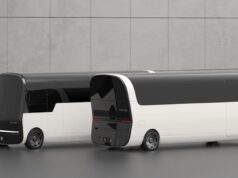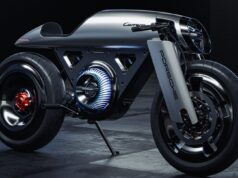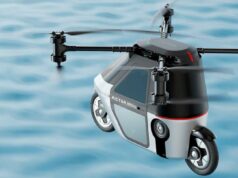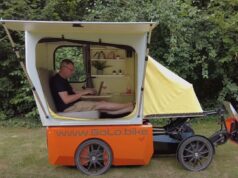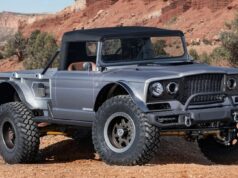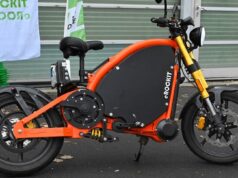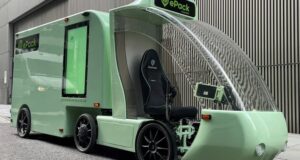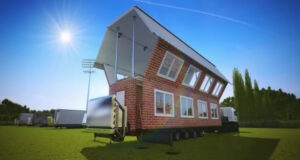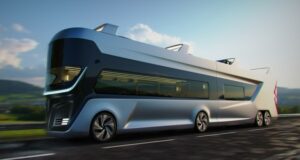Crosser V1 is a concept amphibious mobility designed specifically to be implemented in coastal cities. It’s an alternative to time-consuming routes to get to your destination. The conceptual CROSSER V1 autonomous electric vehicle has been designed by Bernardo Pereiera as a transportation solution imagined for coastal cities to keep citizens moving in an agile manner.
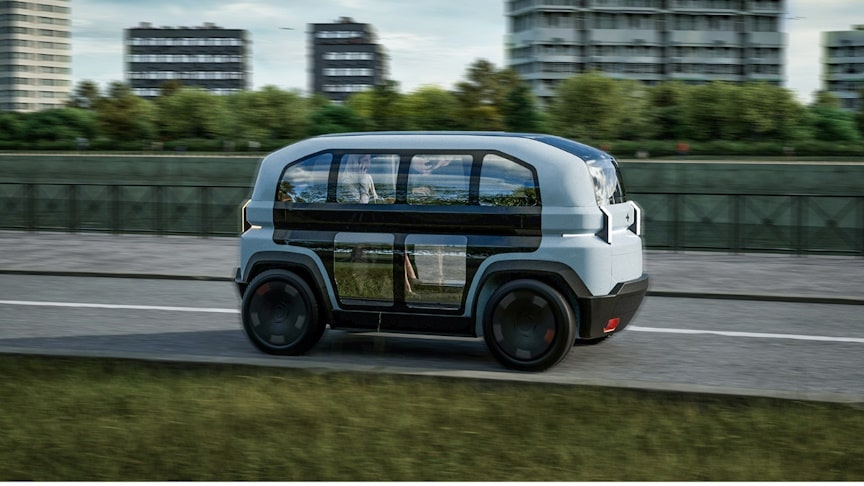
source-image: Bernardo Pereira
The CROSSER vehicle and service aims to create a diversified means of transportation for coastal cities. Its implementation would relieve the existing saturation of land vehicles and the need to choose more time-consuming routes to reach a place to reach a location blocked by waterways. The reuse of waterways through the use of this amphibious vehicle could increase the speed and flexibility of urban transport in these locations, reduce the noise pollution felt by the inhabitants of these cities and offer a customized service that meets all the needs of each user.
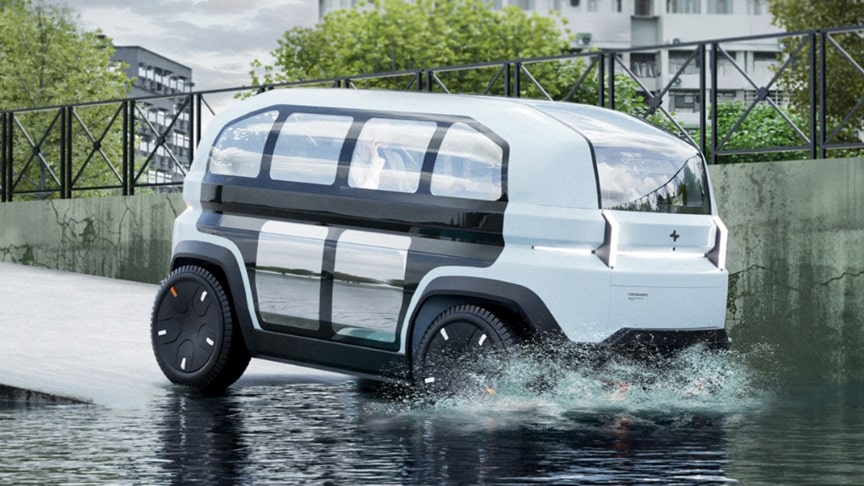
source-image: Bernardo Pereira
It uses amphibious vehicles to navigate waterways, offering faster and more customizable transport, reducing noise pollution, time in road traffic, and providing on-demand door-to-door service through a mobile app. The Crosser vehicle has been developed to be adaptable to services other than simple passenger transportation. Its modularity in production makes it possible to add seats in its longest mode, and its interiors can be altered according to the needs of the service to be developed.
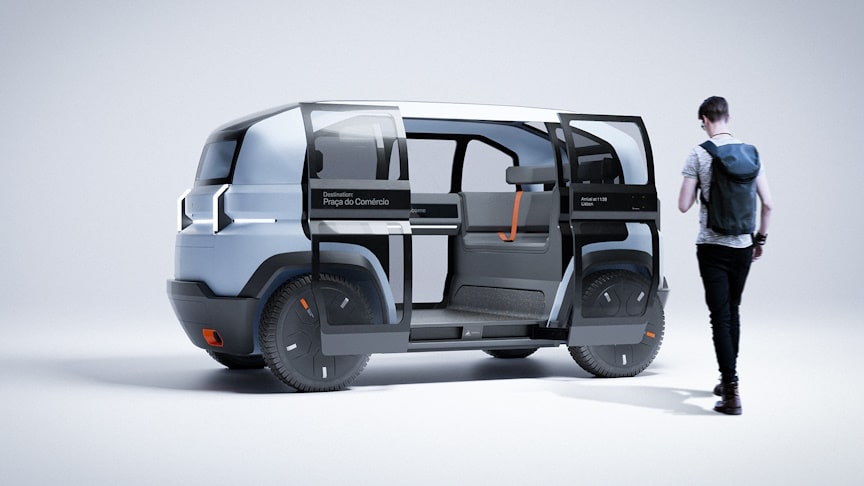
source-image: Bernardo Pereira
The interior of the vehicle can accommodate up to 4 people and features a screen with route information, weather, and user warnings. Passengers can connect their mobile devices to control lighting, music, and screen display. Seats have weight sensors and adjustable head rests, and the panoramic view offers a pleasant travel experience. It’s modular flexibility enables changes in production phase for specific services.
Advertisement
The CROSSER utilizes a suspension system developed by Gibbs Aquada that allows the wheels to be raised to a maximum angle of 90º upon entering the water. This suspension is activated by sensors on the outside of the vehicle, which send a signal to the on-board computer to activate the lift. The lift is completed in a matter of seconds and does not require the vehicle to come to a stop.
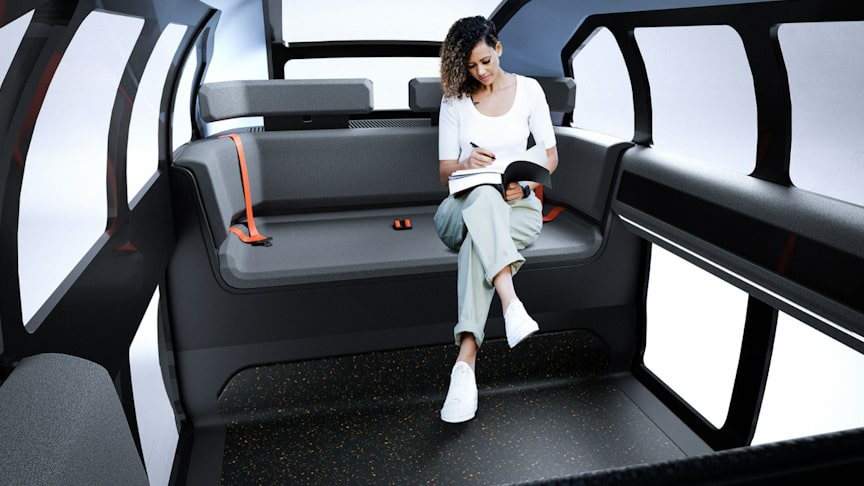
source-image: Bernardo Pereira
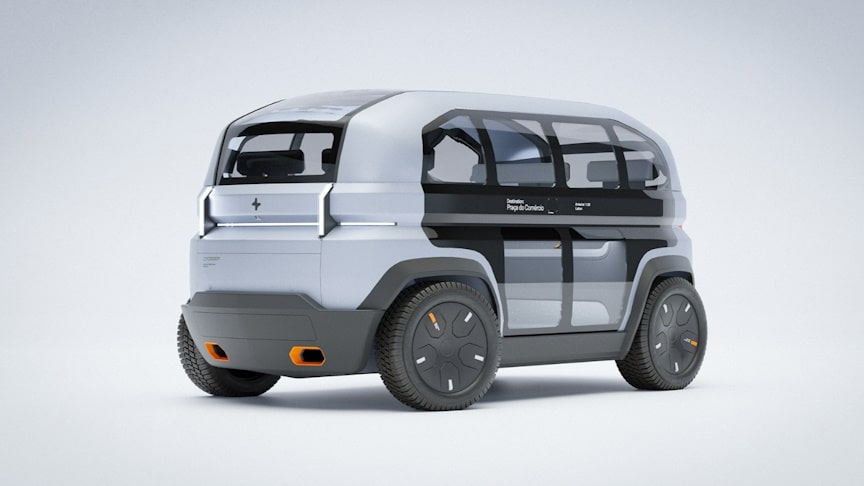
source-image: Bernardo Pereira
Once the vehicle enters the water, the system is automatically activated, and the vehicle is ready to travel. If the LIDAR and RADAR sensors detect an obstacle, such as an access ramp marked on the GPS, the system is activated to lower the wheels again. In addition to the different suspension system, the vehicle has other components such as in-wheel motors on all four wheels, an electronic vehicle control system, hydrojet systems for propulsion in water, blade battery packs and a direct connection to the company’s server.

